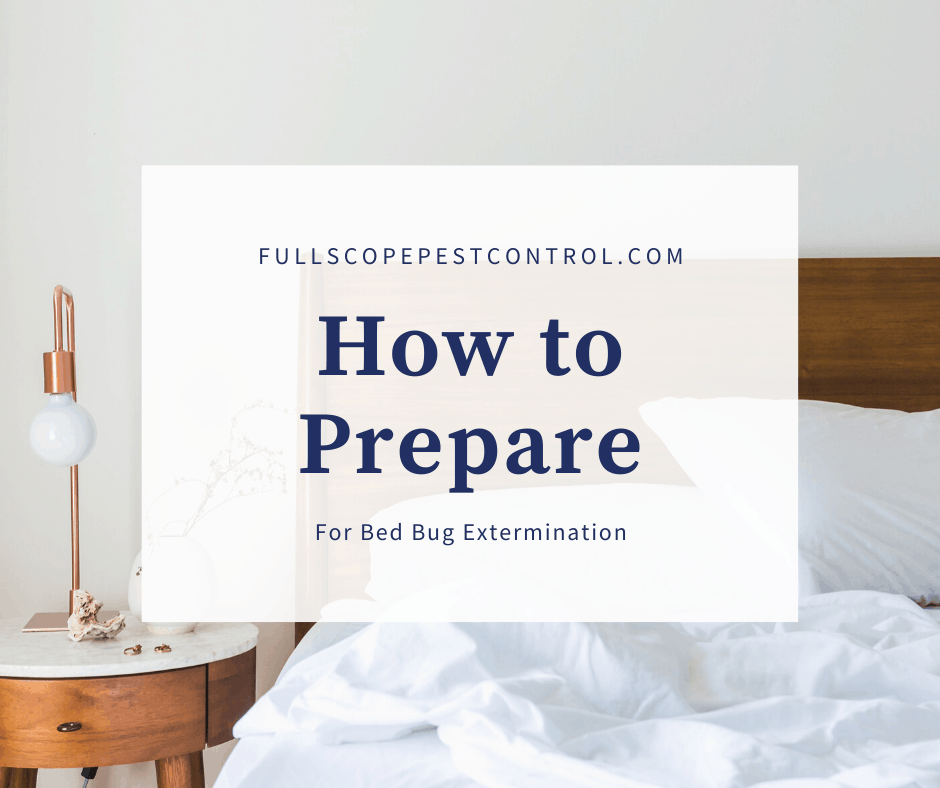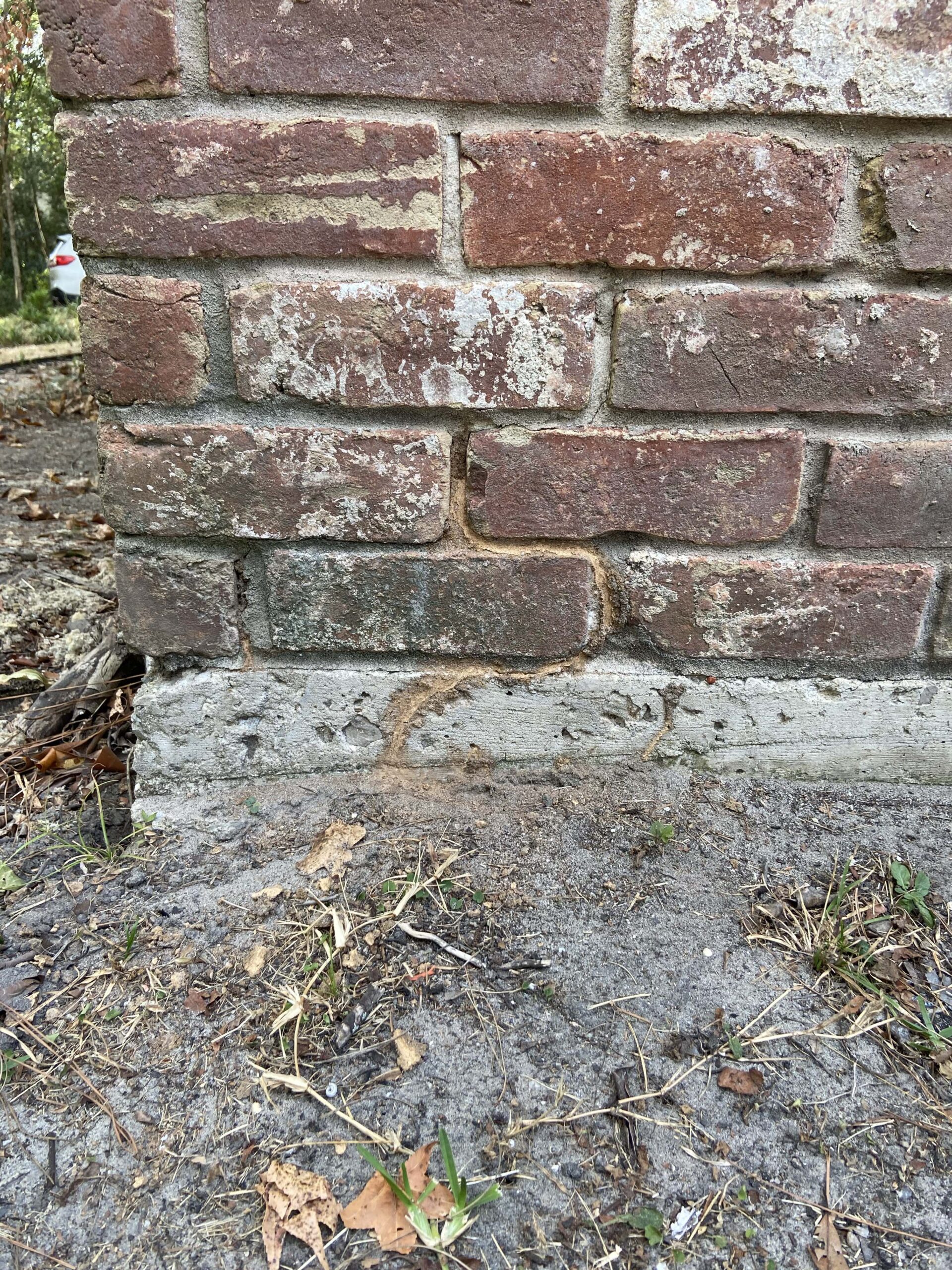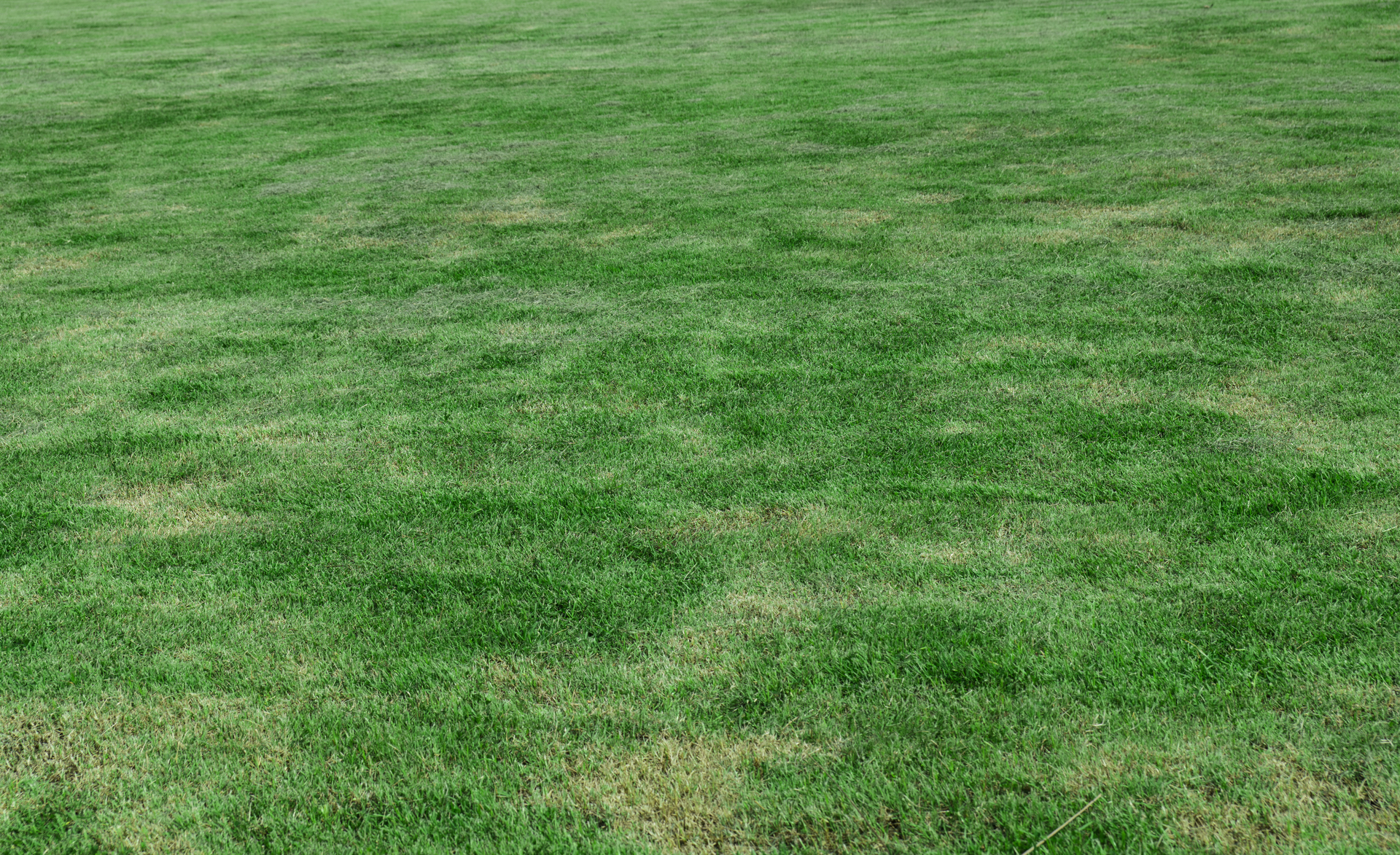Bed bugs as the name implies are small and tiny insects that bug us on our bed, they make your rest time in bed not enjoyable. Bed bugs are a kind of pest that multiplies rapidly, and once a particular room or space is infested, the spread continues but the good thing is that bugging by the bed bugs can be solved by treating such affected room. Here are some paramount steps you should take to ensure maximum efficiency of the treatment.
How to Prepare for a Bed Bug Inspection
- Proper preparation of a room for bed bug treatment will reduce the spread of bed bugs and help ensure a successful treatment.
- Beds: Strip beds of all linens and place in plastic bags for immediate laundering. Always use hot, soapy water when laundering items.
- Mattress: If disposing of infested mattress and box spring, wrap in plastic before discarding.
- Box Spring: Vacuum seams and general surface area of mattress and box spring.
- Walls: Detach, but leave in the room all items attached to walls (pictures, mirrors, lights fixtures, outlet covers, switch plates, headboards, etc).
- Carpet: Loosen the carpet from tack strip at floor/wall junction around the perimeter of the rooms.
- Floors: Vacuum floors using crack & crevice tool under wall baseboard.
- Furniture: Vacuum seams and general surface area of all sofa and chair cushions.
- Sofa: If sofa contains a foldout sofa bed, vacuum that as well.
- Cloth Covers: Remove cloth cover from the bottom of the box spring and chairs and discard, dry at the hottest setting possible for the material. Do not remove from bags until the room is cleared.
- Books: Place all books and other items from shelves and closets into plastic bags and leave in the room.
Download Our Free
Preparation Guide For Home Bed Bug Control
Extermination Preparation
- Prior to extermination, remove all bedding from mattresses, gather all linens, clothing, etc. from living space. This includes any textile materials that are machine washable – pillows, mattress covers, anything – and those that must be dry cleaned. Even fabric that is in storage should be collected. Wash bedding and any clothing/fabrics that may have come in contact with bedbugs in HOT water, and dry in the dryer if possible. Wash all other linens and fabrics as directed.
- After washing, place items in storage bins or bags, or garbage bags. Seal as much as possible to prevent bugs from entering and hiding in the clean fabrics.
- Empty closets in rooms where bugs have been found, or closets in which fabrics, linens, towels, etc. have been stored. FullScope Pest Control exterminators will need access into these spaces.
- Unplug electronic devices in rooms being exterminated. This will make the area more accessible to the bed bug king technicians. Vacuum floors, carpets, nooks, and crannies. Steam clean, if possible, floors, rugs (if not machine washable), couch cushions, etc.
- Move objects away from the perimeter of rooms. For example, if your sofa or bed is positioned against a wall, pull it away from the wall. The exterminator will need access to the perimeter of the rooms where bugs have been found, (probably bedrooms, living room, den/study). Vacuum along the perimeter of the room.
- Empty wooden bookshelves, desks, dressers, nightstands etc., and remove drawers if possible. Bedbugs can and will seek refuge between the boards of wooden furniture. This may include coffee tables, television stands, bed frames, photo frames, and box springs.
- Make sure to leave the place for a space of 2 to 3 hours after the treatment is completed.
- Wait for all mattresses, sofas, etc. to dry before sitting or laying on them. The chemicals used by the bed bug king to exterminate the premises will rarely irritate your skin, they have a very small odor.
- Suffering a bedbug infestation does not mean you keep an untidy home, or that you live in unfit conditions. They are extremely common and indiscriminate – the presence of bed bugs does not speak to your personal hygiene habits or socioeconomic status. Remember to call the bed bug king if you get re-infected.
- Be sure to follow the exterminator’s instructions. Success depends on you and your willingness to cooperate and follow directions, even if it means to get rid of your furniture. You cannot be too thorough. Yes, it is annoying and time-consuming to prepare, but it is best to do it right the first time and avoid repeating the process should the extermination fail because space was not prepared!
- Don’t move any of your belongings to another home during or before the treatment unless you know they are not infested. You might spread bed bugs to another home or to your car or workplace in a backpack or box and then re‐infest your home after it has been treated. Move as few items as possible and have them checked for bedbugs (or heat them) before removing them.
- Wash all sheets, blankets, pillowcases, and other bedding in hot water. Place the items in a dryer set on the highest setting that won’t damage the items. Dry the items thoroughly and then place them in trash bags. Keep them separate from items that may be infested.
- Place curtains, pillows, towels, stuffed animals, etc. in the dryer set on the highest setting that won’t damage the items for at least 30 minutes. Double bag these items immediately after drying.
- Carefully inspect all Items that cannot be washed: books, electronics, picture frames, plastic toys, etc. If insecticides are going to be used, place children’s toys into plastic bags or storage bins (only if they are bedbug free). If heat is used, the pest control company may want these items left in place so they are exposed to the heat treatment.
- Store cleaned and dried items in plastic bags until your home has been treated and the bedbugs eliminated.
- Vacuum and wash all floors. To prevent bedbugs from escaping, be sure to place the vacuum bag into a plastic bag before disposing of it.
- Vacuum the mattress and box spring to remove live/dead bedbugs. Double‐bag and discard the vacuum bags in an outdoor trash can immediately to avoid re‐introducing or spreading any bed bugs caught in the vacuum. If the mattress and box spring will be encased, be sure to use one that is bedbug proof. These encasements are thick enough so that bed bugs cannot bite through it and have tight zippers that the bugs cannot escape through.
- Vacuum couches, chairs, and recliners thoroughly before treatment. Bedbugs are often found in couches and upholstered chairs. If possible, turn the furniture over or on its side/back and vacuum underneath as well. If there is a dust cover attached on the underside, pull it back and vacuum areas that will need to be treated. Double‐bag and discard the vacuum bags in an outdoor trash can immediately to avoid re‐introducing or spreading any bed bugs caught in the vacuum.
- A cluttered home is difficult to inspect and more difficult to treat because bedbugs can find many hiding places. Throw away unneeded items. Pick up and double bag all loose items in bedrooms (e.g., in the bottom of a closet) and other rooms that will be treated. Make sure that these items are treated (if needed) or inspected before returning these items to make sure you are not also returning bed bugs to the treated room(s).
- Provide access to walls, closets, and areas around furniture to allow for a thorough inspection and treatment.
- Recommended Read : HOW TO AVOID A BED BUG INFESTATION
Hope this helps get you ready for a bed bug inspection and how to get ready for bed bug extermination. Call or text today if you have any questions or would like to speak with an expert.




